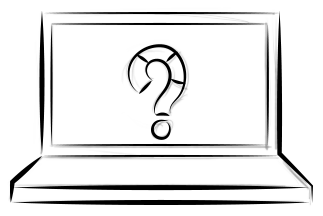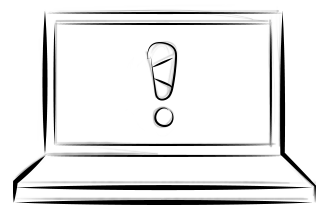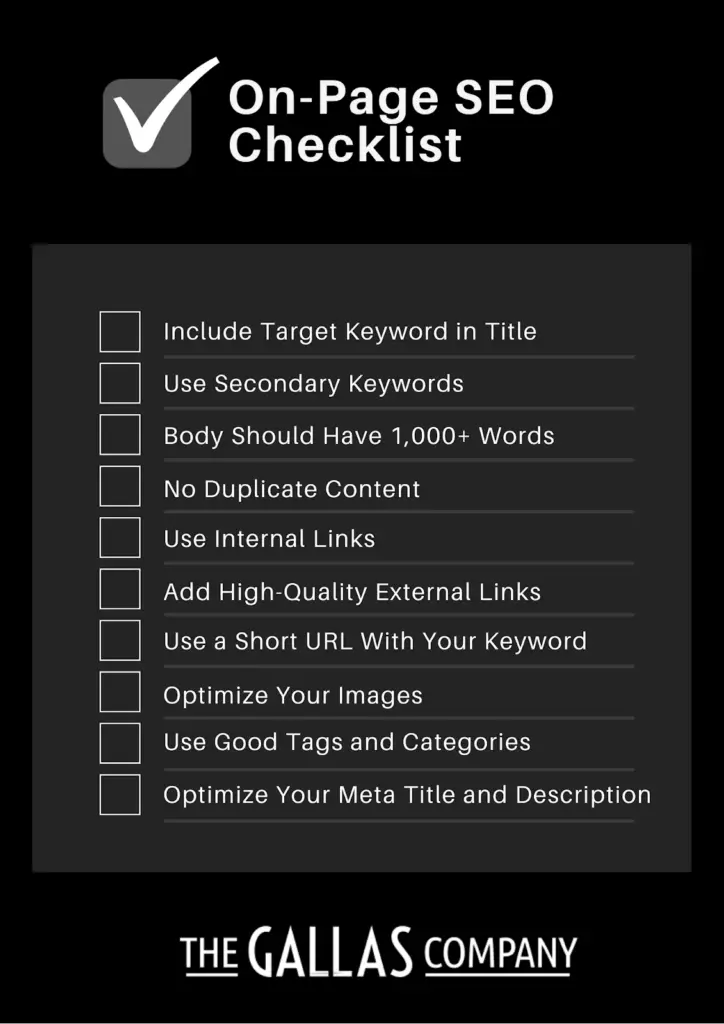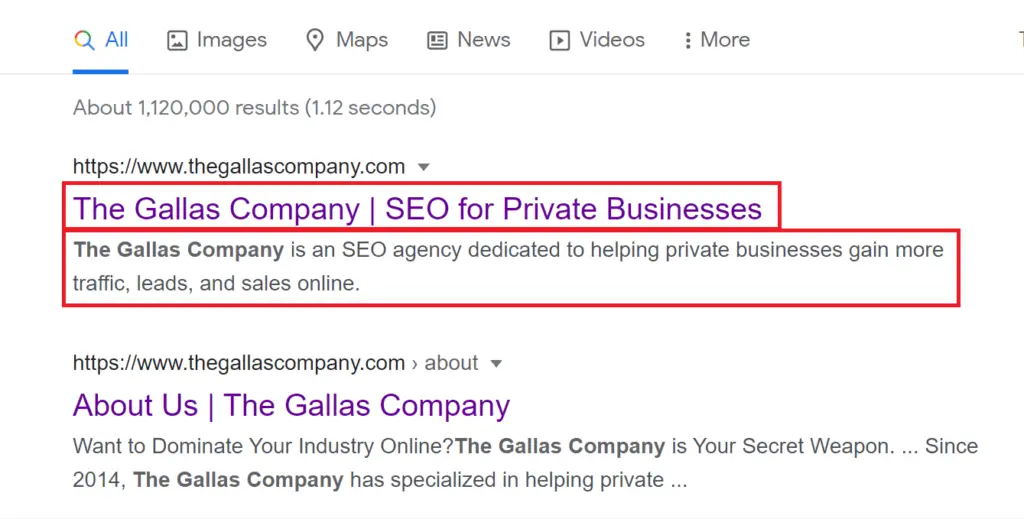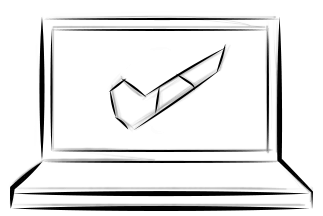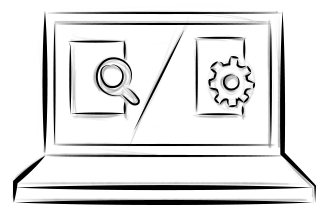Include Target Keyword In Title
Using the keyword you’re trying to rank for in your title is crucial for getting search engines to understand your article.
Additionally, you should also include your target keyword in your introduction, in a subheading, and 1-4 times in the body of your text.
Use Secondary Keywords
Variations of your target keyword and other closely related keywords should go into your text’s body.
If possible, add these into subheadings as well!
Body Should Have 1,000+ Words
300-word articles are almost no good, especially when it comes to blogging.
While there are varying reports on the ideal word count for SEO, here at TGC, we try to go for over 1,700+ words whenever possible.
No Duplicate Content
Never copy and paste content from other blog posts, even if you were the one that wrote them.
Google and search engines don’t want to give their readers content that they’ve read elsewhere. That’s why all your content should be unique if you’re going to rank.
Use Internal Links
Adding internal links – or links to other pages in your website – are another way to boost your on-page SEO.
This way, when search engines crawl your website, they’ll find meaningful connections between your pages.
Add High-Quality External Links
Aside from internal links, linking to other authoritative websites is also a good idea.
However, it’s essential to link to high-quality websites. If you link to a random blog with a terrible ranking, this may affect yours as well.
Use a Short URL With Your Keyword
By default, your page’s URL will be yourwebsite.com/your-article-title.
However, if your article title is long, you’ll want to cut it down.
If it doesn’t make sense, you can also only add your target keyword to your URL and make it like this instead:
yourwebsite.com/target-keyword
Optimize Your Images
Having at least one image is a must.
And not only that, but you also have to optimize the images on your page as well.
Optimizing images includes making sure your photo isn’t too large, putting your keyword in the image title, and adding alt text (for when the picture doesn’t load).
Use Good Tags and Categories
If you’ve built your website on WordPress, adding tags and categories to your page will be very simple. Most other website builders make it easy to do this as well.
This is a simple way to improve your on-page SEO and help Google understand your page.
Optimize Your Meta Title and Description
Last but not least, you should optimize your meta title and description.
These are the things that’ll show up when people see your website in the SERPs:
